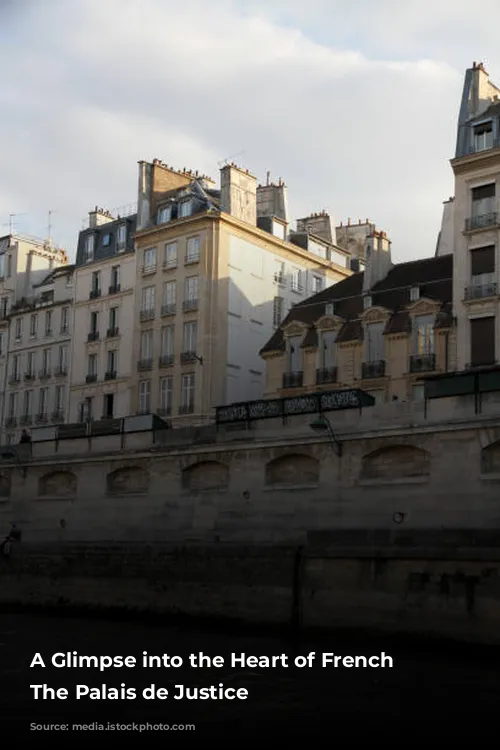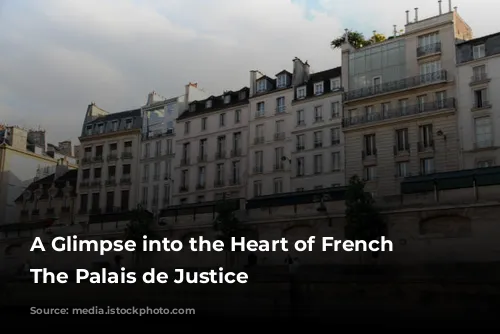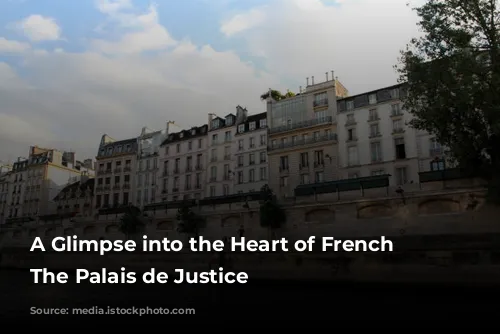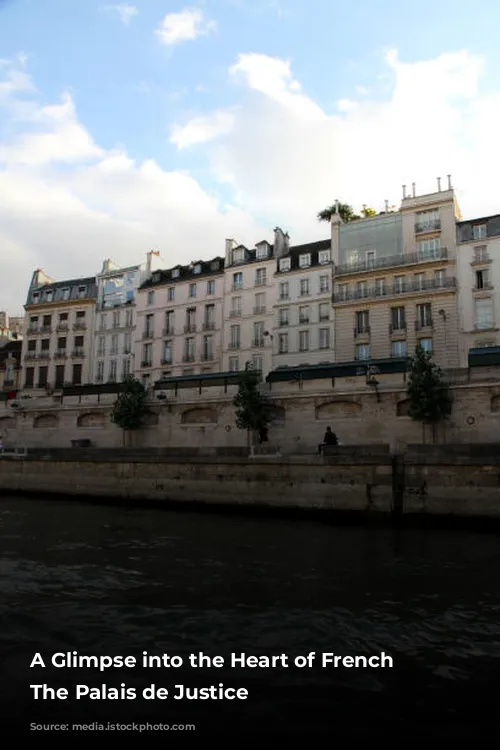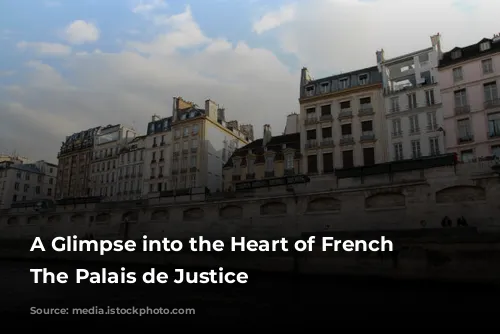The Palais de Justice, also known as the “Palace of Justice”, stands as a monument to French law in the heart of Paris. Located on the Île de la Cité, this historic building has witnessed centuries of legal proceedings and served as the backdrop for pivotal moments in French history. Today, it houses the Court of Appeal of Paris, the busiest appellate court in France, and the Court of Cassation, the highest court for ordinary cases in the country.
From Royal Residence to Judicial Center
The Palais de Justice’s journey began as the Palais de la Cité, the former royal palace of the kings of France. Under King Robert II, the palace became home to a high court, where the Curia Regis, or King’s Council, met. This council evolved into the Parlement of Paris, a powerful judicial body that played a significant role in shaping the French legal system.
The Parlement of Paris, housed in the Grand Chamber, functioned as an appeals court for royal tribunals and handled cases involving the nobility. Its approval was required for royal ordinances, making it a key player in the complex power dynamics between the monarchy and the nobility. The palace also housed other important judicial offices, such as the Chambre des comptes and the Chancellery.
A Witness to Revolution and Reconstruction
The French Revolution had a profound impact on the Palais de Justice. The Grand Chamber, once the seat of the Parlement, became the courtroom of the Revolutionary Tribunal. This tribunal, fueled by the fervor of the Revolution, swiftly tried and sentenced those accused of opposing its cause, many meeting their fate at the guillotine. The Reign of Terror, a dark period in French history, was brought to a close within the walls of the Palais de Justice.
The palace underwent significant reconstruction in the 19th century. Architect Jean-Nicolas Huyot envisioned a neo-Renaissance design, but his untimely death brought the project to a halt. The work was then undertaken by architects Joseph-Louis Duc and Etienne-Theodore Dommey, who oversaw the construction of a new façade on the Boulevard de Paris and the restoration of the old palace.
The building’s completion was marred by tragedy during the Paris Commune uprising in 1871. Communards set fire to the interior, causing substantial damage. Despite this setback, the Palais de Justice was reconstructed under the direction of Duc and Honoré Daumet. This painstaking restoration took over two decades and ensured the palace’s continued role as a symbol of French justice.

A Symbol of Justice, Past and Present
The Palais de Justice stands as a testament to the enduring spirit of justice. It has served as a courtroom for both the most influential figures in French history and ordinary citizens seeking a fair hearing. While its modern functions have been refined, the Palais de Justice continues to serve as a reminder of the importance of the rule of law.
As you walk through its courtyards and grand halls, you can’t help but feel the weight of history and the legacy of justice that permeates the very stones of this remarkable building. The Palais de Justice is a place where history and law intersect, reminding us of the crucial role justice plays in shaping our world.





